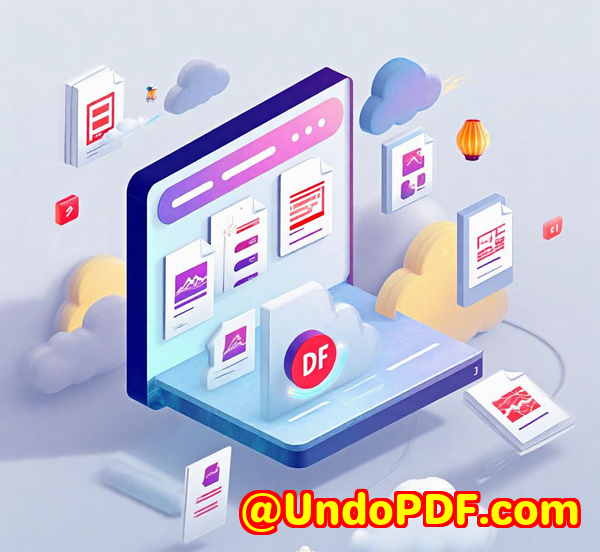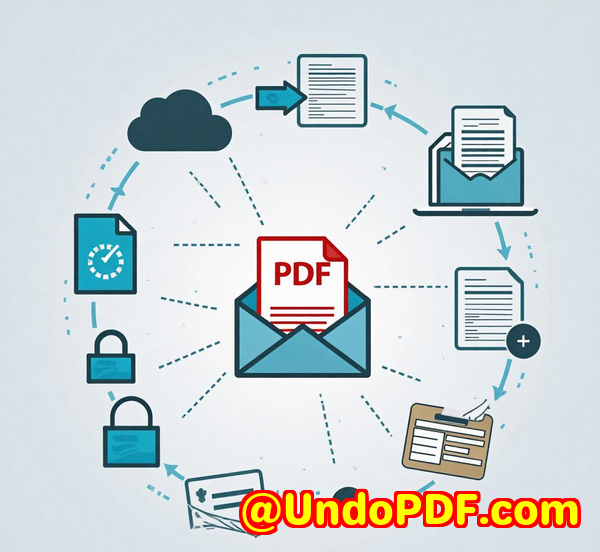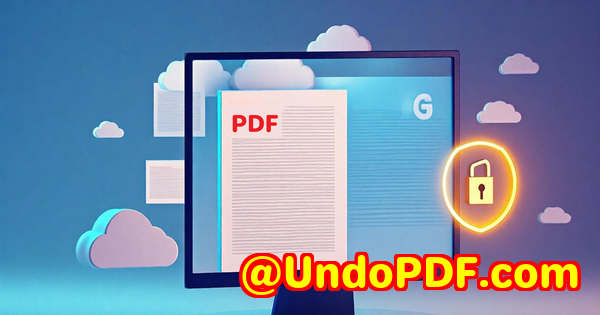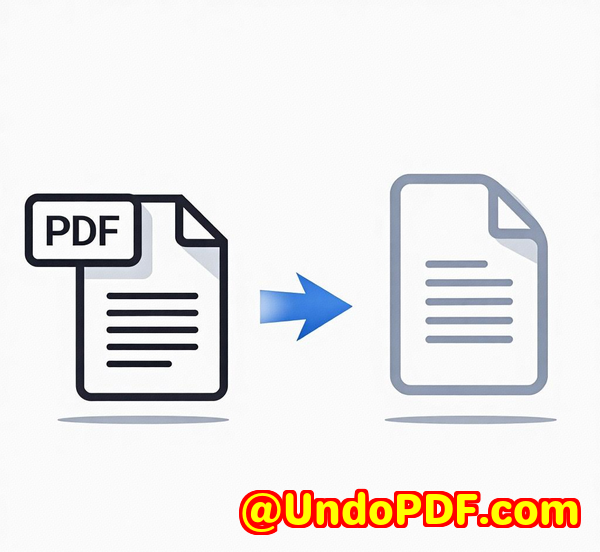Top Vector Conversion SDK for Embedding CAD Export Features in Your Software Products
Top Vector Conversion SDK for Embedding CAD Export Features in Your Software Products
Every time I had to handle multiple DWG or DXF files for a project, it felt like a chore. The usual hassle of converting these AutoCAD files into usable formats for publishing or integration into other software was a time sink. If you’ve ever found yourself stuck with clunky converters or limited file format support, you know the pain. That’s why discovering VeryDOC’s DWG to Vector Converter (DWG2Vector) changed the way I approach CAD file handling.

This tool is a lifesaver for developers and software companies who want to embed powerful vector conversion capabilities directly into their products without relying on external AutoCAD applications. It supports Windows and Linux, offering command line and SDK options with a royalty-free license. In other words, you get full control and flexibility to integrate DWG/DXF to vector conversions into your workflows and apps.
Why DWG to Vector Converter is a Game-Changer
At its core, the DWG2Vector Converter transforms AutoCAD DWG and DXF files into high-quality vector formats like PDF, EMF, WMF, SVG, PS, EPS, SWF (Flash), XPS, HPGL, PCL, and more. This broad range of output options means whatever your target platform or publishing system, you’re covered.
Here’s what really stood out for me:
-
Batch Conversion Made Easy: Instead of converting files one by one, you can process whole folders using command line parameters. This saved me hours on big projects with hundreds of CAD files.
-
Multiple Layout Support: DWG and DXF files often contain multiple views or layouts. DWG2Vector can output each view as a separate file if needed, giving granular control over exports.
-
Customisable Output Settings: You can tweak DPI resolution, paper size, line width, and even switch between colour or black-and-white outputs. This level of customisation meant I could fine-tune vector files to match print or digital standards without hassle.
-
No AutoCAD Needed: This standalone converter runs independently. You don’t have to buy or install AutoCAD to get precise vector conversions, which is a huge cost and complexity saver.
Who Benefits the Most from DWG2Vector?
If you’re a developer building CAD-related software, this SDK lets you embed reliable DWG export functions directly in your app. Companies creating publishing platforms, print workflows, or CAD data management systems will find it invaluable. Even engineering teams who handle large volumes of DWG/DXF files but don’t want to invest in full CAD suites can benefit.
How I Used DWG2Vector in Real Projects
In one recent case, I was tasked with converting thousands of engineering drawings into PDF and SVG formats for an online documentation platform. Speed and accuracy mattered.
I set up DWG2Vector on a Linux server and wrote scripts leveraging its command line interface to:
-
Run batch conversions overnight.
-
Automatically generate vector PDFs that preserved sharp line quality.
-
Output SVG files for web display with scalability.
-
Customise output size and line widths to match brand style guides.
The command line options like -fontdir for SHX font folders and -colormode to toggle colour output proved invaluable when tweaking final results. The whole process was bulletproof, with no crashes or weird rendering errors that I’d seen with other converters.
Comparing DWG2Vector to Other Tools
I’ve tried open-source converters and AutoCAD’s built-in exporters, but they often come with limitations:
-
Open-source tools sometimes produce rasterised or low-quality outputs.
-
AutoCAD export is powerful but requires the full app, and automating large batch jobs can be a nightmare.
-
Some converters lock you into expensive licenses or lack command line/SDK support.
VeryDOC’s DWG2Vector stands apart by offering a lightweight, robust, and royalty-free solution that integrates cleanly into developer workflows.
Why Embedding Vector Conversion SDKs Matters
Embedding this SDK means your software users don’t have to switch tools or manually convert files. Everything happens seamlessly inside your app or platform, improving user experience and workflow efficiency. This level of integration also reduces errors and support requests related to file compatibility.
A Quick Look at Core Features
-
Supports DWG and DXF formats from early R12 versions up to 2004 and beyond.
-
Converts to industry-standard scalable vector formats including PDF, SVG, EMF, WMF, PS, EPS, SWF, XPS, HPGL, and PCL.
-
Allows batch processing with wildcard support, e.g.,
*.dwgto convert all files in a folder. -
Command line interface supports detailed options: DPI, width/height, line widths, colour modes.
-
Can output multiple views/layouts as individual files.
-
Runs on all modern Windows platforms (32/64 bit) and Linux environments.
-
No AutoCAD installation required.
-
Royalty-free licensing means you can embed it in commercial products without hidden fees.
My Recommendation
If you’re working with CAD data and want a smooth, reliable way to convert DWG/DXF to vector formats especially if you’re a software developer or vendor VeryDOC DWG to Vector Converter is worth a serious look.
It’s saved me hours on projects, cut costs by eliminating the need for AutoCAD licenses, and helped me deliver high-quality outputs that meet tight deadlines.
Start your free trial now and see how it can boost your productivity and streamline your CAD export tasks.
Click here to try it out yourself: https://www.verydoc.com/dwg-to-vector.html
Custom Development Services by VeryDOC
VeryDOC isn’t just about ready-made tools they offer extensive custom development services tailored to your exact needs. Whether you want custom PDF processing utilities for Linux, macOS, or Windows, or you need bespoke software using Python, PHP, C/C++, .NET, or JavaScript, they’ve got you covered.
They specialise in Windows Virtual Printer Drivers, capturing and monitoring print jobs, and intercepting Windows API calls perfect if you need to build print management or document conversion tools.
Their expertise also spans barcode recognition/generation, OCR and table recognition for scanned PDFs and TIFFs, document form generators, image converters, and cloud-based solutions for digital signatures and secure document handling.
If your project requires tailored features or integration with complex document workflows, reach out to VeryDOC’s support center at https://support.verypdf.com/ to discuss your needs.
Frequently Asked Questions
Q: Can I use DWG2Vector on both Windows and Linux?
A: Yes, VeryDOC’s DWG to Vector Converter supports Windows (32/64-bit) and Linux platforms, making it versatile for diverse environments.
Q: Does DWG2Vector require AutoCAD installed to run?
A: No, it’s a standalone tool and doesn’t need AutoCAD or any other CAD software installed.
Q: What vector formats does the converter support?
A: It supports PDF, EMF, WMF, SVG, PS, EPS, SWF, XPS, HPGL, and PCL formats.
Q: Can I automate batch conversions?
A: Absolutely. DWG2Vector includes a command line interface with wildcard support for batch processing.
Q: Is the software royalty-free for embedding in commercial products?
A: Yes, the SDK is royalty-free, so you can integrate it into your software without ongoing license fees.
Tags/Keywords:
DWG to Vector Converter, DWG2Vector SDK, CAD export software, batch DWG conversion, AutoCAD file converter, vector PDF from DWG, CAD software development, command line DWG converter, DWG to SVG converter, CAD integration SDK



